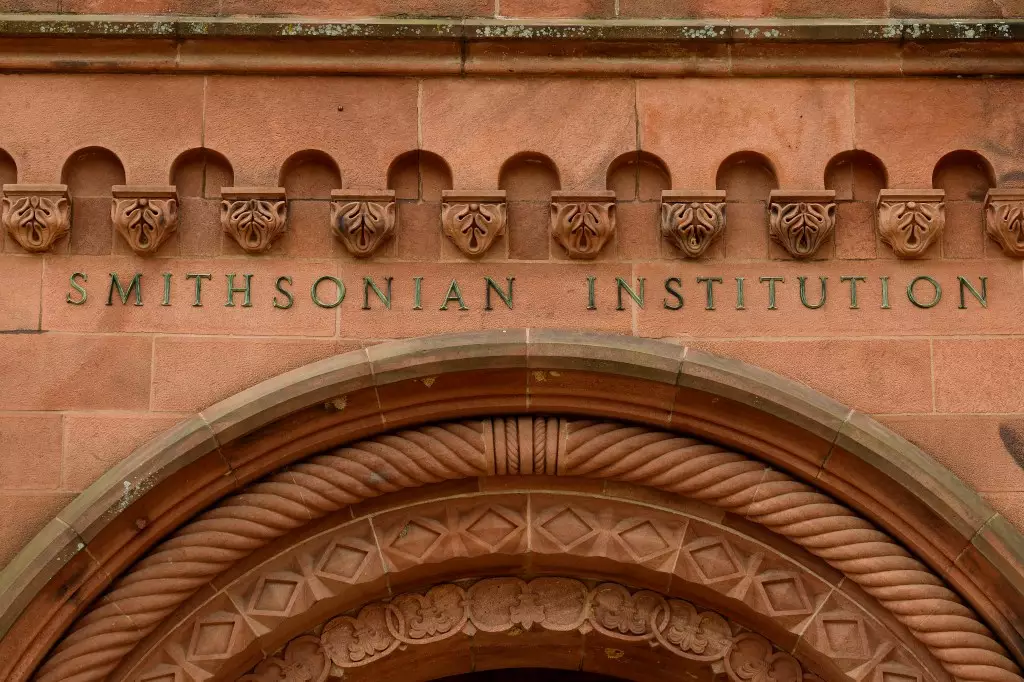In a controversial move that has garnered significant attention, President Donald Trump has signed an executive order aimed at what he describes as “Restoring Truth and Sanity to American History.” With this directive, he positions himself as a guardian of historical integrity, alleging a systematic effort, purportedly supported by the Biden Administration, to rewrite America’s past through a lens of ideological interpretation rather than objective fact. Such a claim elicits passionate debate regarding the balance between historical narrative and modern perspectives, while raising fundamental questions about the motivations behind this initiative.
Censoring Ideology or Upholding Values?
At the heart of Trump’s order is the assertion that the revisions to historical narratives contribute to a deepening societal divide. He claims this effort fosters a national sense of shame, overshadowing the remarkable achievements of America and the values that continue to inspire hope worldwide. However, one must ask: is this endeavor a genuine effort to restore national pride, or is it a veiled attempt to suppress progressive interpretations of history that challenge traditional narratives? Trump’s edict instructs the Vice President and the Director of the Office of Management and Budget to curtail funding to exhibits deemed divisive or contrary to federal values. Critics argue that such actions could effectively muffle dissenting voices, relegating them to the periphery of historical discourse.
The Smithsonian Under Scrutiny
The Smithsonian Institution stands as a primary target of Trump’s order, with explicit directions to cleanse its exhibitions of any “improper ideology.” This includes a controversial stance towards gender identity, as the order states that the institution should not recognize men as women in any capacity. Such statements not only threaten the autonomy of educational institutions but also seem to mirror a broader political agenda that seeks to strip away gains made by marginalized communities. Moreover, the emphasis on maintaining traditional representations raises provocative questions: whose narrative of history is being upheld, and at what cost?
Monuments as Memory or Manipulation?
Securing the legacy of America’s past also translates into the physical world of monuments and memorials. Trump’s directive mandates the Secretary of the Interior to scrutinize any changes to historic properties that may present an altered or “false reconstruction” of history. This directive implies a unilateral approach to memory-making that disregards the evolving understanding of America’s complex past. In a country that thrives on diversity and dissent, is it wise to adopt such sweeping measures that emphasize one narrative while potentially erasing others?
The Cultural Clash in American Institutions
The recent upheaval at the Kennedy Center underscores the escalating clash between traditional cultural expressions and contemporary values. By asserting control over these institutions, Trump’s administration appears intent on reshaping not just how history is taught, but also how art and culture reflect societal values. The withdrawal of productions like “Fellow Travelers,” which delves into sensitive subjects like the anti-gay lavender scare of the 1950s, signals a chilling effect on artistic freedom and an inclination towards creative censorship.
In essence, Trump’s executive order can be seen as both a rallying cry for traditionalists and a catalyst for cultural tension within America. As we navigate the complexities of history, it is critical to recognize that every narrative has multiple facets, deserving of discourse rather than suppression. The ongoing debate about what constitutes “American values” remains a battleground for the nation’s identity, perhaps more than ever.

